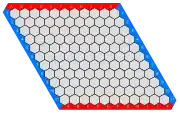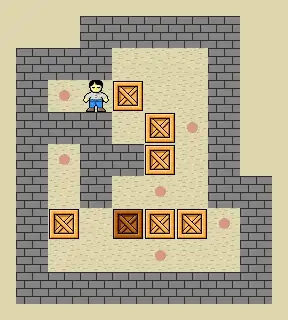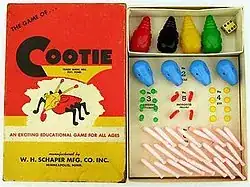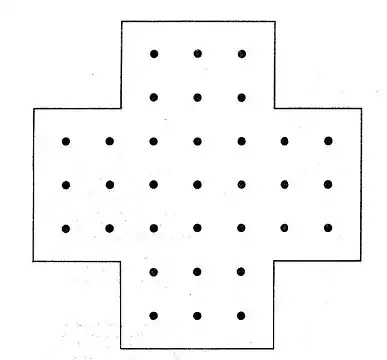I consider a game to be mathematical if there is interesting mathematics (to a mathematician) involved in
- the game's structure,
- optimal strategies,
- practical strategies,
- analysis of the game results/performance.
Which popular games are particularly mathematical by this definition?
Motivation: I got into backgammon a bit over 10 years ago after overhearing Rob Kirby say to another mathematician at MSRI that he thought backgammon was a game worth studying. Since then, I have written over 100 articles on the mathematics of backgammon as a columnist for a backgammon magazine. My target audience is backgammon players, not mathematicians, so much of the material I cover is not mathematically interesting to a mathematician. However, I have been able to include topics such as martingale decomposition, deconvolution, divergent series, first passage times, stable distributions, stochastic differential equations, the reflection principle in combinatorics, asymptotic behavior of recurrences, $\chi^2$ statistical analysis, variance reduction in Monte Carlo simulations, etc. I have also made a few videos for a poker instruction site, and I am collaborating on a book on practical applications of mathematics to poker aimed at poker players. I would like to know which other games can be used similarly as a way to popularize mathematics, and which games I am likely to appreciate more as a mathematician than the general population will.
Other examples:
- go
- bridge
- Set.
Non-example: I do not believe chess is mathematical, despite the popular conception that chess and mathematics are related. Game theory says almost nothing about chess. The rules seem mathematically arbitrary. Most of the analysis in chess is mathematically meaningless, since positions are won, drawn, or tied (some minor complications can occur with the 50 move rule), and yet chess players distinguish strong moves from even stronger moves, and usually can't determine the true value of a position.
To me, the most mathematical aspect of chess is that the linear evaluation of piece strength is highly correlated which side can win in the end game. Second, there is a logarithmic rating system in which all chess players say they are underrated by 150 points. (Not all games have good rating systems.) However, these are not enough for me to consider chess to be mathematical. I can't imagine writing many columns on the mathematics of chess aimed at chess players.
Non-example: I would exclude Nim. Nim has a highly mathematical structure and optimal strategy, but I do not consider it a popular game since I don't know people who actually play Nim for fun.
To clarify, I want the games as played to be mathematical. It does not count if there are mathematical puzzles you can describe on the same board. Does being a mathematician help you to learn the game faster, to play the game better, or to analyze the game more accurately? (As opposed to a smart philosopher or engineer...) If mathematics helps significantly in a game people actually play, particularly if interesting mathematics is involved in a surprising way, then it qualifies to be in this collection.
If my criteria seem horribly arbitrary as some have commented, so be it, but this seems in line with questions like Real world applications of math, by arxive subject area? or Cocktail party math. I'm asking for applications of real mathematics to games people actually play. If someone is unconvinced that mathematics says anything they care about, and you find out he plays go, then you can describe something he might appreciate if you understand combinatorial game theory and how this arises naturally in go endgames.






